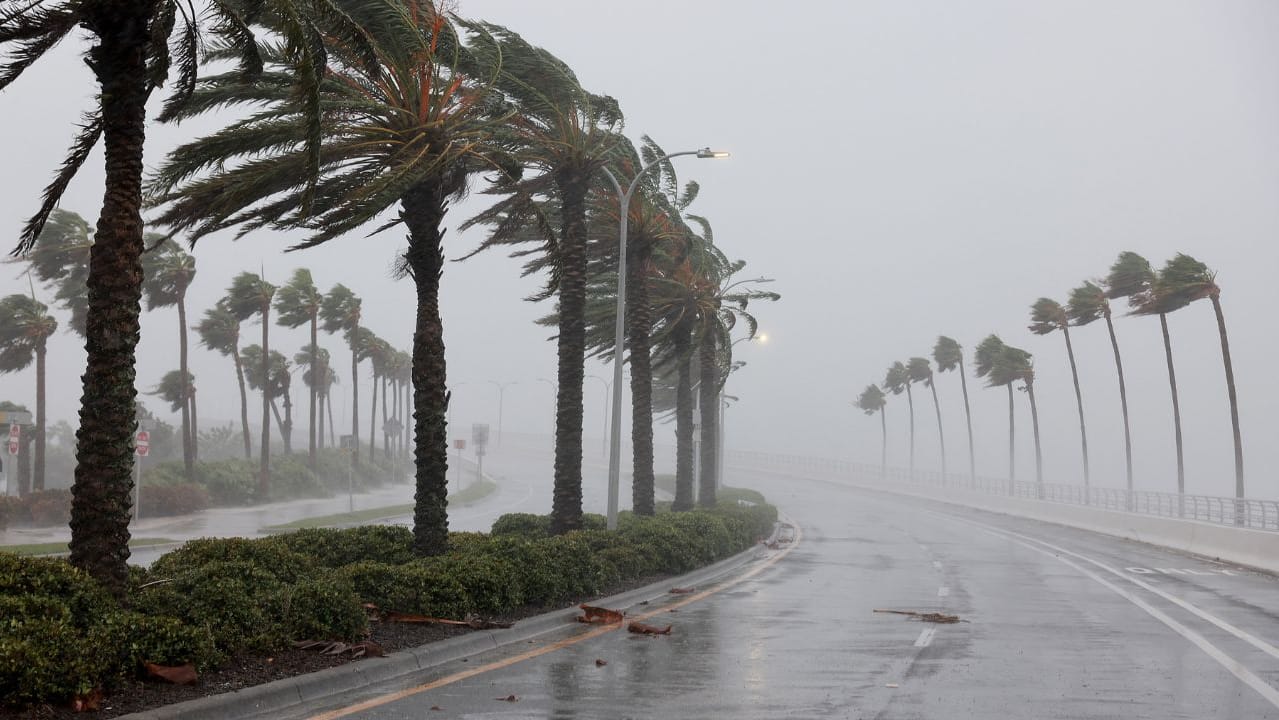Hurricanes produce strong, powerful winds, but it’s actually the water that causes most of the destruction, accounting for nearly 90% of fatalities.
The standard ISO property, homeowners, and dwelling coverage forms each contain a water exclusion that extends to exclude loss caused by storm surge. It seems that recent hurricane paths have come further inland and resulted in an inordinate amount of flood loss. How can one determine if a loss in an inland area is from flooded rainwater or a storm surge?
Of all the damage caused by hurricanes, storm surge presents the greatest threat to life and property along the coast. Hurricanes produce strong, powerful winds, but it’s actually the water that causes most of the destruction, accounting for nearly 90% of fatalities, with about half of those due to storm surges. The size and strength of a storm surge can break down barriers such as dunes, levees, and barricades and sweep through an area swiping away everything in its path, flooding communities, and leaving death and devastation in its wake.
Storm Surge
Storm surge is an undefined term in insurance policies, so what exactly is a storm surge?
According to the National Oceanic and Atmospheric Administration (NOAA), the definition of a storm surge is as follows:
Storm surge is the abnormal rise in seawater level during a storm, measured as the height of the water above the normal predicted astronomical tide. The surge is caused primarily by a storm’s winds pushing water onshore. The amplitude of the storm surge at any given location depends on the orientation of the coastline with the storm track; the intensity, size, and speed of the storm; and the local bathymetry.
Put more simply, as a hurricane closes the gap between sea and land, its winds push a huge volume of ocean water ashore, which is a storm surge.
The storm surge begins over the open ocean as strong hurricane winds push the ocean waters around, causing water to pile up under the storm. As winds swirl around the storm, the seawater is pushed into a mound at the storm’s center. The height and extent of this pile of water depend on the size and strength of the hurricane. The faster the wind speed, the more water is able to pile up. At the center of a hurricane, air pressure is low. Low air pressure causes a slight bulge in the ocean, which adds to the pile of water that causes the storm surge, allowing for about 5% of the mound.
Tides
The tide time is well known to be an important factor in the impact a storm surge will have at landfall. At high tide the water is already elevated so if landfall occurs during high tide it will cause the surge to reach higher levels and push the water further inland, such as what happened when Hurricane Isaias hit Myrtle Beach, S.C., in 2020. In that example, the storm surge was only four feet but the water level was more than 10 feet above normal.
However, according to the NOAA, a storm surge should not be confused with a storm tide. A storm tide is defined as the water level rise due to the combination of a storm surge and the astronomical tide. Even though the rise in water level can cause extreme flooding in coastal areas when a storm surge coincides with normal high tides and can reach up to 20 feet or more. The storm surge is created by water being pushed by the force of winds moving cyclonically around the storm.
Then there is also a growing concern over rising sea levels and its influence on storm surges. As the water warms, it expands, so as global temperatures rise it raises the sea level. The melting of ice sheets and glaciers adds to this. Together, they elevate the background ocean height, meaning that with the higher elevation the hurricane storm surge can bring the water further inland.
Another contributing factor is the depth or shallowness of the sea floor. For example, if the sea floor gradually slopes away from the coastline it’s more likely to have a higher storm surge than if there is a steep drop-off of land into the sea. This can be contrasted with Louisiana and Miami — the storm surge will be greater in Louisiana than in Miami because the sea floor in Louisiana is wide with a gradual shallow slope while in Miami the sea floor drops off very quickly.
Also, the shape of the coastline affects the shape of the surge. For example, when a storm surge enters a bay or river the shape of the land can act as a funnel, sending the water surge higher. The wind speed affects this greatly, as slow-moving storms tend to cause more storm surges in coastal bays and estuaries, such as what was seen with Hurricane Sally in Florida and Louisiana.
The angle that the storm comes in also impacts the surge. A hurricane that heads straight towards a coastline is more likely to cause a higher storm surge than one that hits the coast at an oblique angle or travels parallel to the coast.
Rainwater
At what point does the water stop being from the hurricane surge and become rainwater? Storm surge is not related to the amount of rain that falls within a storm. So from the above information about storm surges, we can determine that normal rainwater, would not meet the definition of a storm surge. Once the storm moves inland, the wind is no longer pushing the water cyclonically across the ocean. Rather, it is now a rainstorm.
The slower a storm moves, the more rainfall can accumulate and cause flooding. Rainfall projections for Hurricane Ian range from 6-20 inches in some areas. Pockets of unusually intense rainfall up to twenty-five inches. This amount of rain will create catastrophic flooding. Ian is a slow-moving storm, moving at six miles per hour which allows time for several inches of rain to fall and accumulate.
Taken from https://www.propertycasualty360.com/2022/09/29/storm-surge-tide-surge-or-rainwater-flood-414-228427/









